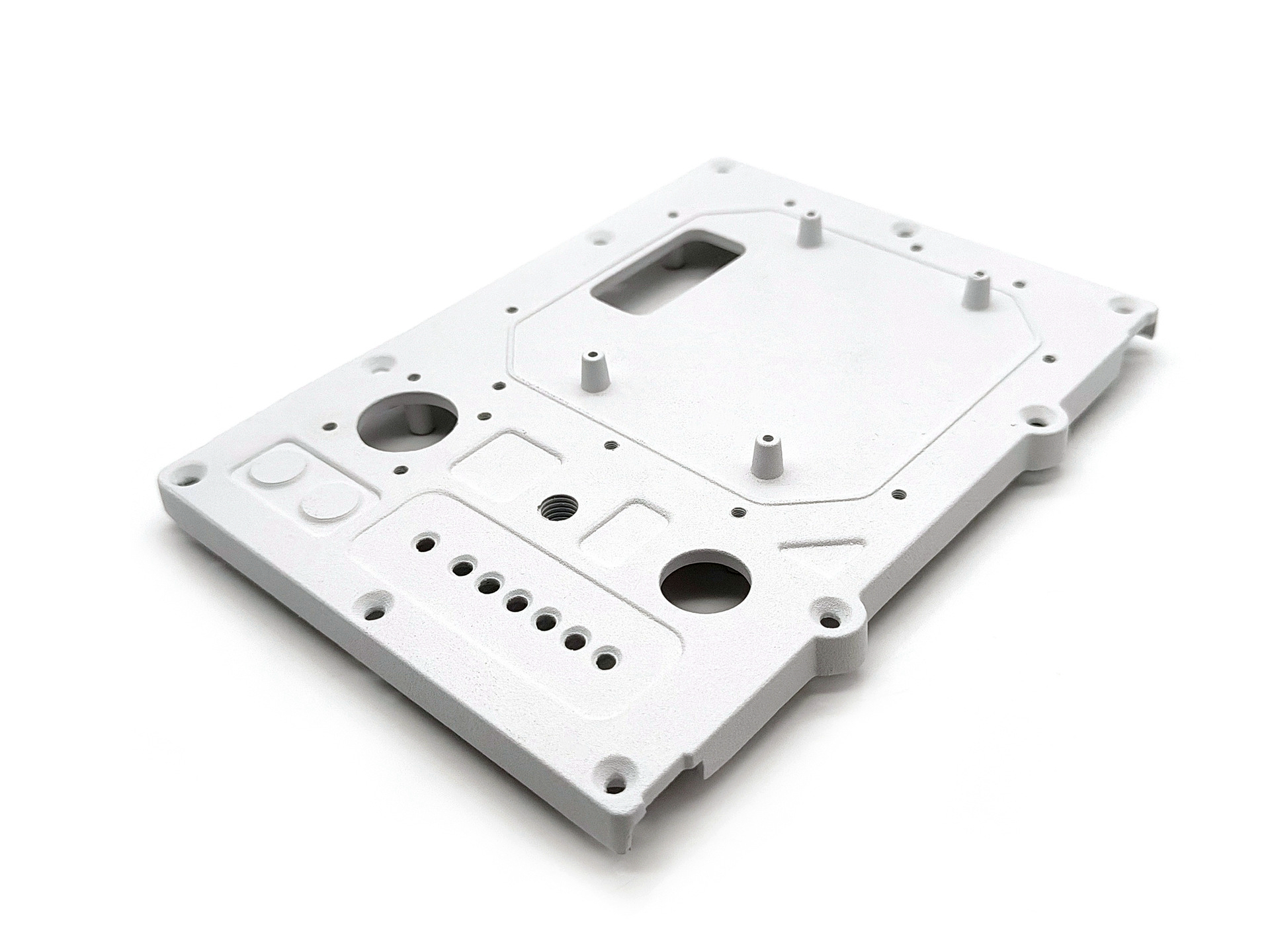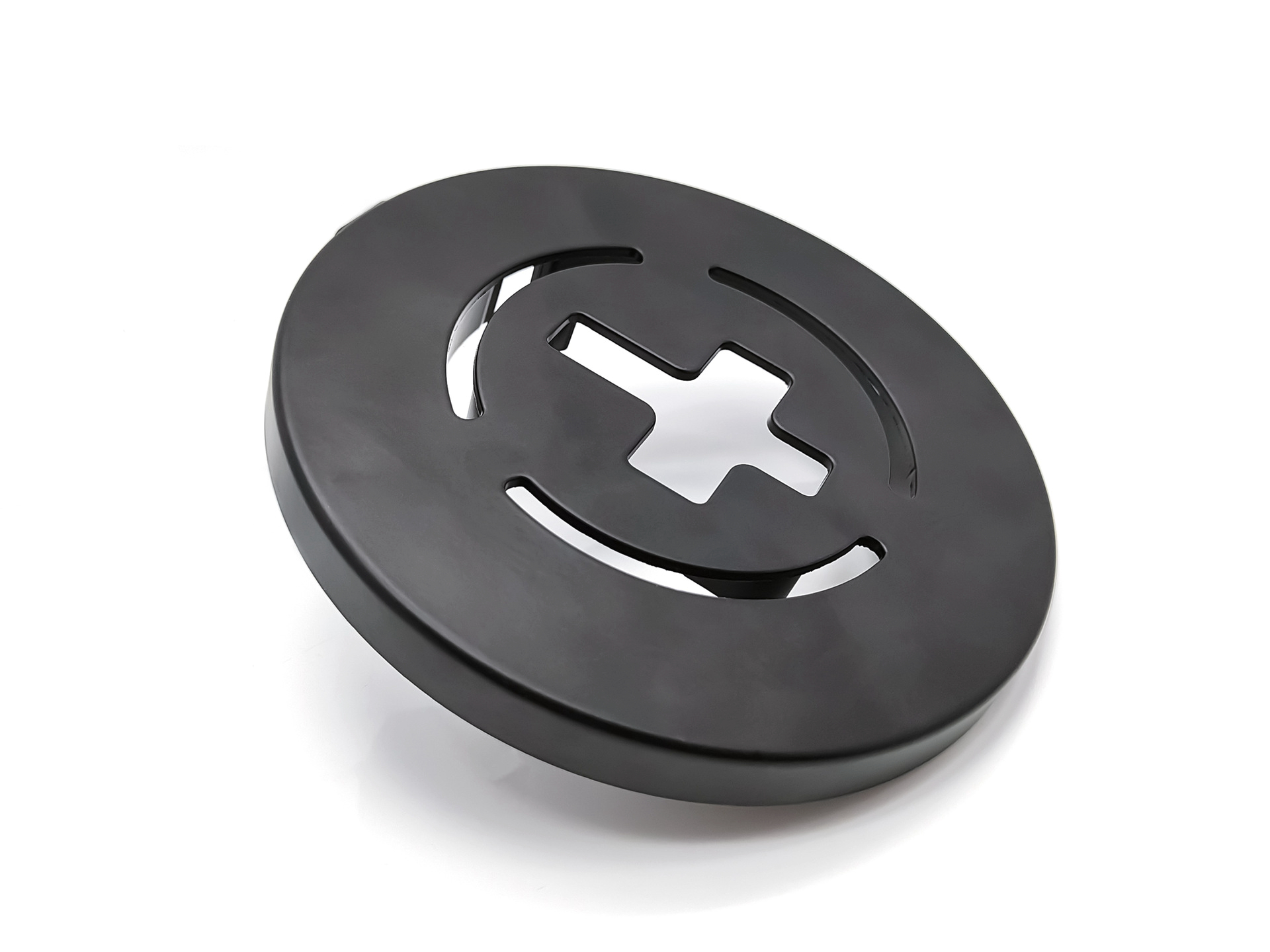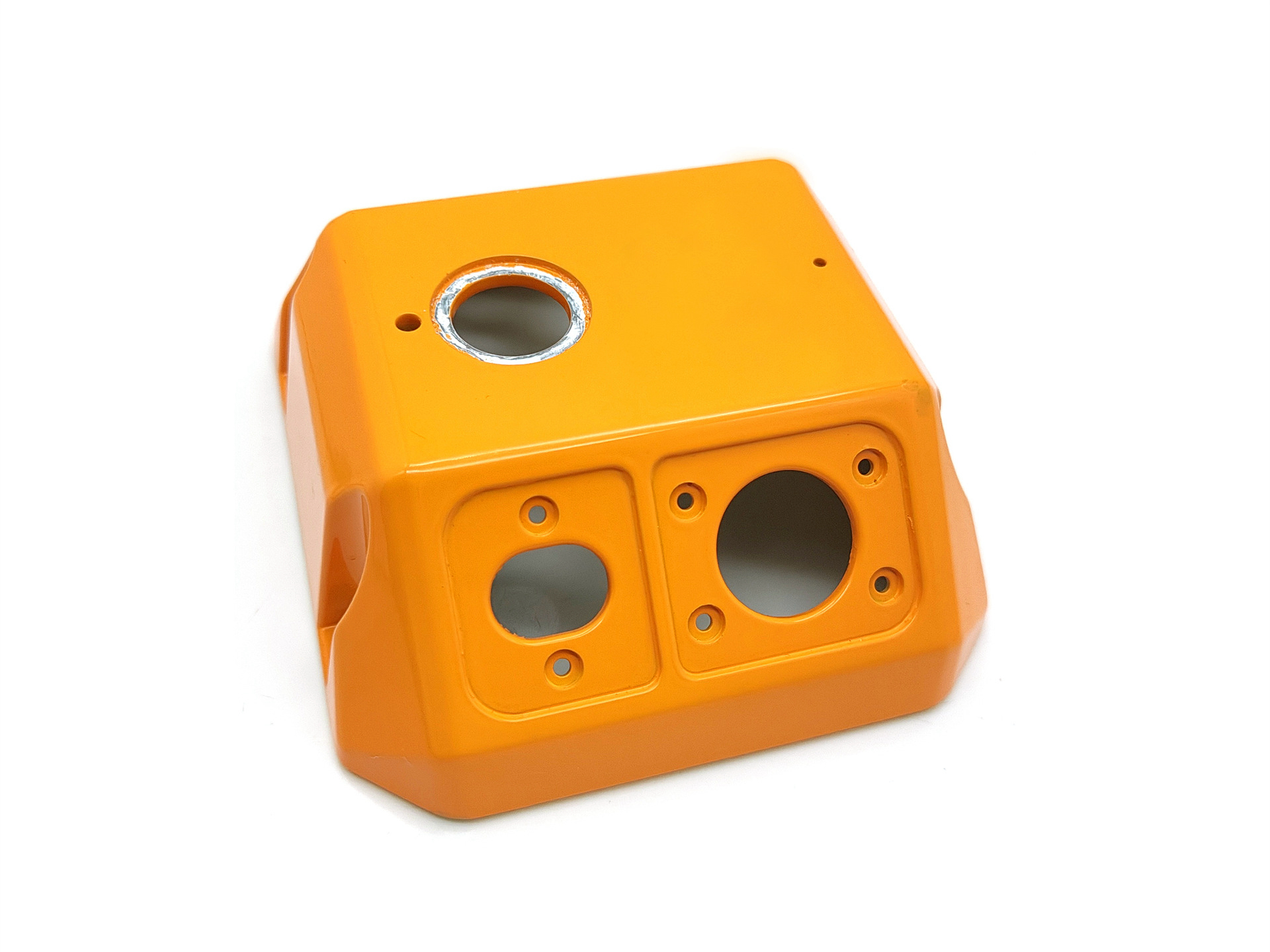How does alloy selection affect design constraints and casting precision?
Alloy selection is fundamental in defining the design constraints and achievable precision in metal casting. The thermal conductivity, solidification behavior, fluidity, and shrinkage characteristics of an alloy all influence how accurately a part can be cast, what geometries are viable, and what tolerances can be maintained without secondary machining. At Neway, alloy choice is integral to the Design for Manufacturability (DFM) process, ensuring that the selected material aligns with both mechanical performance and production efficiency.
Alloy Properties and Their Impact on Design
The casting behavior of each alloy determines the feasibility of thin walls, sharp features, and tight dimensional control. Some alloys flow easily into complex cavities but shrink more during solidification, while others resist shrinkage but require thicker walls for proper filling. These trade-offs directly impact how a component should be designed and whether post-processing, such as CNC machining, will be required to meet functional requirements.
Alloy Type | Casting Fluidity | Shrinkage Rate (%) | Min. Wall Thickness (mm) | As-Cast Tolerance (mm) | Notable Design Impact |
|---|---|---|---|---|---|
A380 Aluminum | High | ~0.6–0.8 | 2.5–3.0 | ±0.10–0.20 | Excellent for thin walls and complex features |
AlSi12 (Silicon Aluminum) | Very High | ~0.5–0.7 | 1.8–2.5 | ±0.15–0.25 | Best for fine details, low pressure resistance |
Zamak 5 (Zinc Alloy) | Very High | ~0.2–0.3 | 0.6–1.5 | ±0.05–0.10 | Ideal for precision parts and tight tolerances |
Brass C360 | Medium | ~1.4–1.5 | 3.5–5.0 | ±0.20–0.30 | Requires generous draft and solid walls |
C18200 (Chromium Copper) | Low | ~2.0 | >4.0 | ±0.25–0.35 | Limited complexity; better post-machined |
Design Constraints Imposed by Alloy Choice
Wall Thickness and Fillability
Some alloys like Zamak 5 or AlSi12 possess excellent flow characteristics, allowing for thin-walled features (as low as 0.6 mm for zinc). Others, such as brass alloys or high-strength copper alloys, require thicker walls due to lower fluidity and faster solidification.
Choosing a less fluid alloy means ribs, fins, and bosses must be proportionally larger or augmented with extra draft angles and gating channels to ensure complete mold fill.
Shrinkage and Dimensional Control
Alloys with higher shrinkage rates, like copper-based or brass alloys, pose a greater risk of warpage, internal voids, and dimensional inaccuracy during cooling. These alloys often require:
Additional material allowances for post-machining
Strategic placement of feeders and vents
Simulation-based tooling compensation
In contrast, zinc and aluminum alloys—particularly A380—can achieve better as-cast dimensional precision, reducing or eliminating secondary processing steps.
Alloy Influence on Tooling Design
The selected alloy affects mold steel choice, tool cooling strategy, and expected tool life:
Zinc alloys enable long mold life (up to 1 million shots) due to lower melting points (~385°C)
Aluminum alloys require H13 or equivalent tool steels due to higher melt temperatures (~650°C)
Copper alloys, which operate at temperatures above 1000°C, demand specialty tool steels like D2 or tungsten carbide and robust thermal regulation
Tool designers must consider alloy-specific thermal expansion, erosion risk, and cooling speed to ensure proper cavity durability and casting repeatability.
Simulation for Alloy-Driven Design Validation
Before tooling, Neway uses casting simulation software to validate alloy performance in your specific geometry. This includes:
Mold fill prediction
Shrinkage porosity and thermal hot spot mapping
Stress and distortion analysis for post-cooling stability
Simulation is especially crucial when converting designs from machined or injection-molded formats to castable forms using a specific alloy.
When to Involve Neway in Alloy Selection
Involving Neway’s engineering team during early-stage design or material evaluation helps ensure that:
Your performance targets (strength, conductivity, corrosion resistance) are met
Your geometry is realistic for casting with the selected alloy
You avoid unnecessary cost increases from over-toleranced or hard-to-cast features
If multiple alloys can meet the same mechanical specifications, Neway will help select the option that best balances castability, tool life, and cost per unit.
Conclusion
Alloy selection is not just a materials decision—it defines your design freedom, tolerance capabilities, and cost efficiency. By understanding how fluidity, shrinkage, and solidification behavior vary by alloy, you can tailor your design for manufacturability and ensure reliable, high-precision casting. Neway supports this process with expert guidance, material testing, and simulation to ensure your part performs as intended—right from the first batch.



